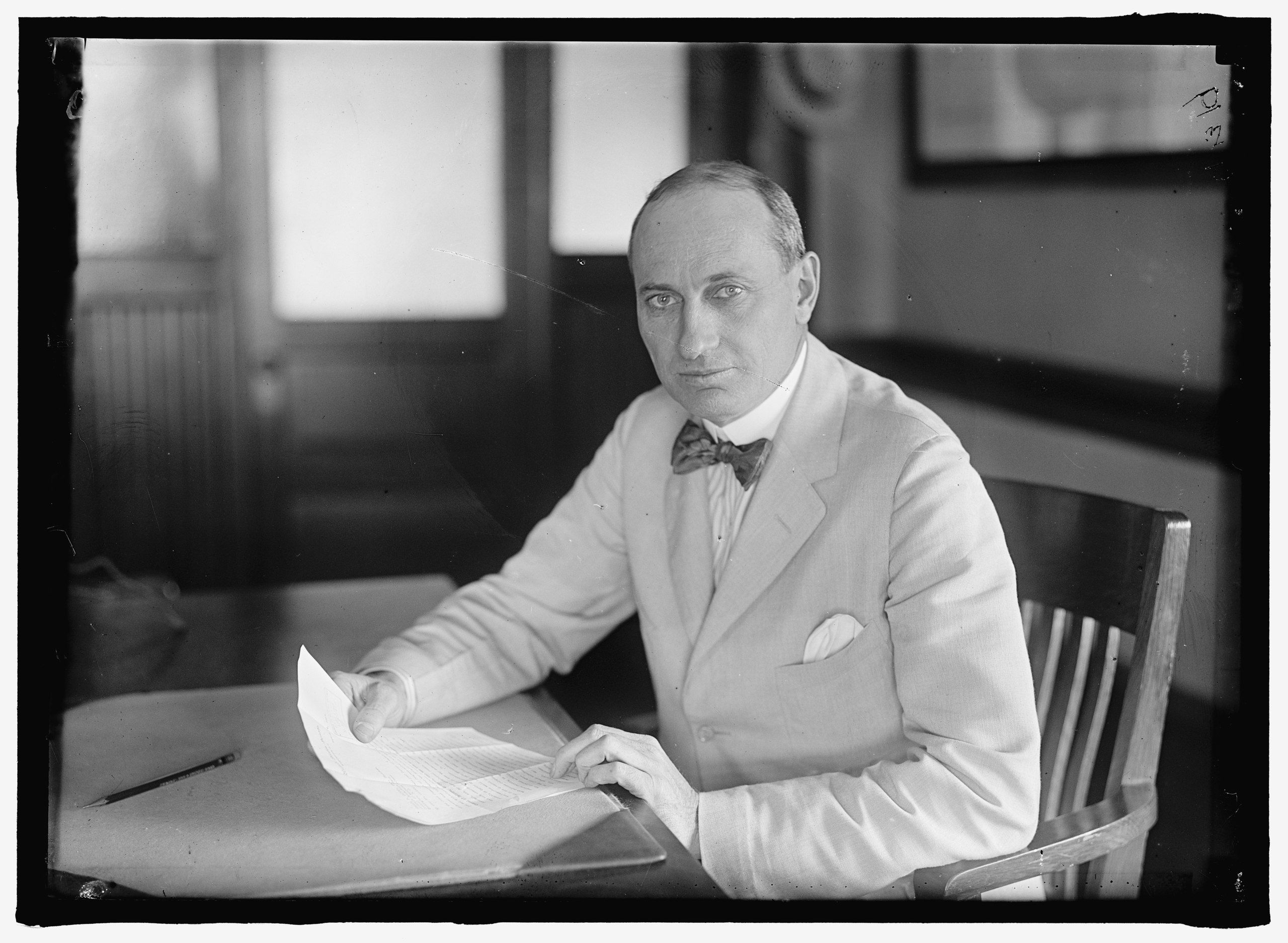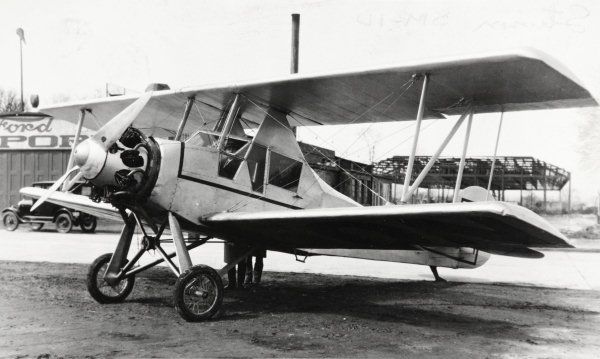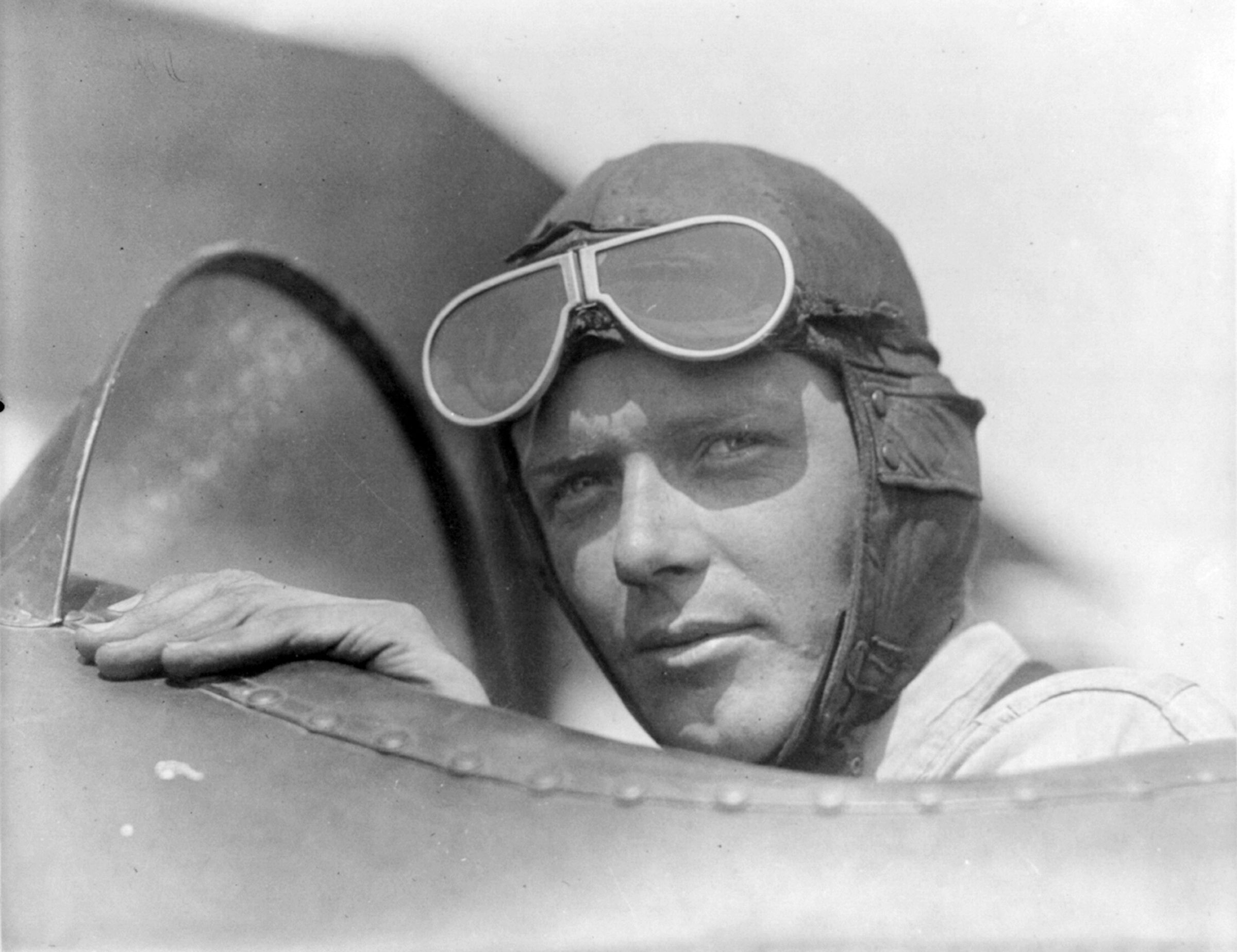Detroit’s Former Status As An Airship Hub
The city of Detroit, Michigan, in the United States, is nicknamed the “Motor City” for its history as an automobile manufacturing hub, but Detroit was also once a boomtown for aircraft as well. A look back at the city’s manufacturing economy in the 1920s shows remarkable achievements in early aviation, from Charles Lindbergh’s historic flight to Paris to the development of warplanes used in the First World War.
The “Airship City”
The Detroit community was first exposed to the concept of the “aeroplane” when Arch Hoxsey, a member of the Wright Exhibition touring team, flew over the state fairgrounds on July 14, 1910. This event piqued interest in aviation for the city’s residents and garnered national attention. Soon, Detroit was dubbed the “Airship City.”
SIMPLE FLYING VIDEO OF THE DAY
The city’s status as an airship hub was furthered by developments coinciding with the onset of the First World War. The chief engineer at Hudson Motor Company, one of the city’s primary automobile manufacturers, was Howard Coffin, who served as chair of the United States Department of War’s aircraft board.
During his tenure, Detroit automobile factories produced the Liberty aircraft engine as well as two-seat warplanes on contract with the War Department.
Henry B. Joy, President of Packard, leased a piece of land and turned it into an airfield. The city was then able to host the National Air Races at Selfridge Field in October 1922. An estimated 200,000 spectators gathered to watch the opening race.
Henry Ford joined the aviation trend as his factory began producing the Ford Trimotor, a three-engined transport aircraft, in 1925. Nicknamed the “Tin Goose” at the time, the Trimotor was designed for civil aviation but was also used in military service.
Around this same time, aviation pioneer Eddie Stinson worked with investors in Detroit to build a new commercial aircraft. In 1926, the SB-1 Detroiter, an airliner that could accommodate six passengers or freight in its cabin, had its first test flight. The aircraft included new technology, such as a heated cabin and an electric starter for its Wright J-5 Whirlwind engine.
Achievements in the late 1920s and early 1930s
Soon after Charles Lindbergh’s successful flight to Paris in 1927, Billy Brock and William Schlee also attempted to fly around the world. Their aircraft of choice was a single-engine Stinson SM-1 Detroiter named the “Pride of Detroit.” These early aviators made it to Japan, a remarkable achievement for the time.
Lindbergh was also influential in advancing transcontinental commercial air travel. His services were retained by Transcontinental Air Transport, which merged with other airlines to eventually become Trans World Airlines (TWA). TWA became known for a time as the “Lindbergh Line” with the “shortest route coast-to-coast.”
The Detroit region would produce another significant airship achievement—the ZMC-2 built by the Aircraft Development Corporation of Detroit. The aircraft was 149 feet long, and the only metal-skinned zeppelin successfully put into service. It was operated by the US Navy and completed 752 flights between 1929 and 1941.
Despite the significant interest and investment in aviation, the onset of the Great Depression resulted in the decline of the burgeoning industry in Detroit. With declining revenues, automakers had to return their operations back to their core competency and abandon their aircraft operations.






Comments are closed.